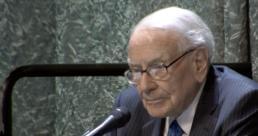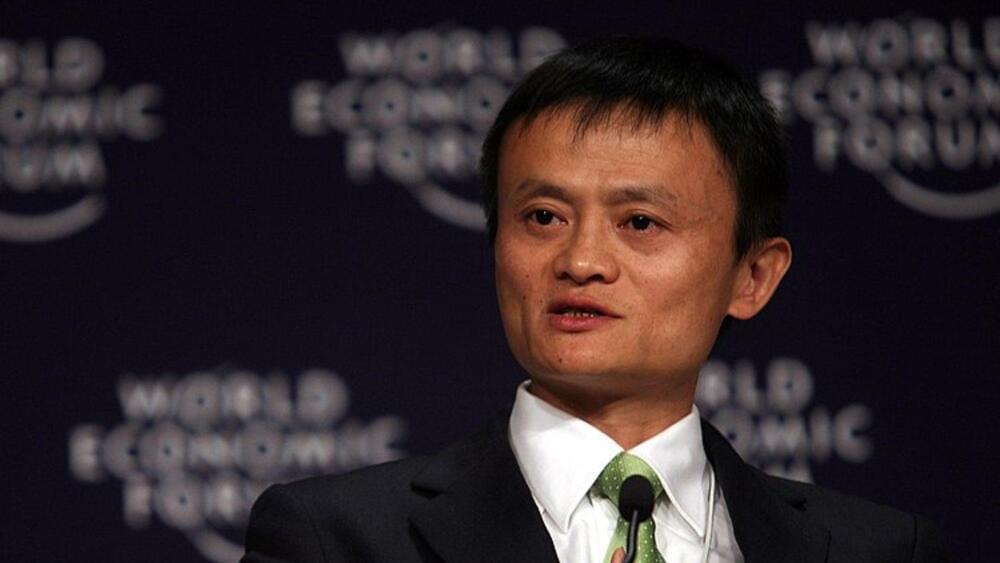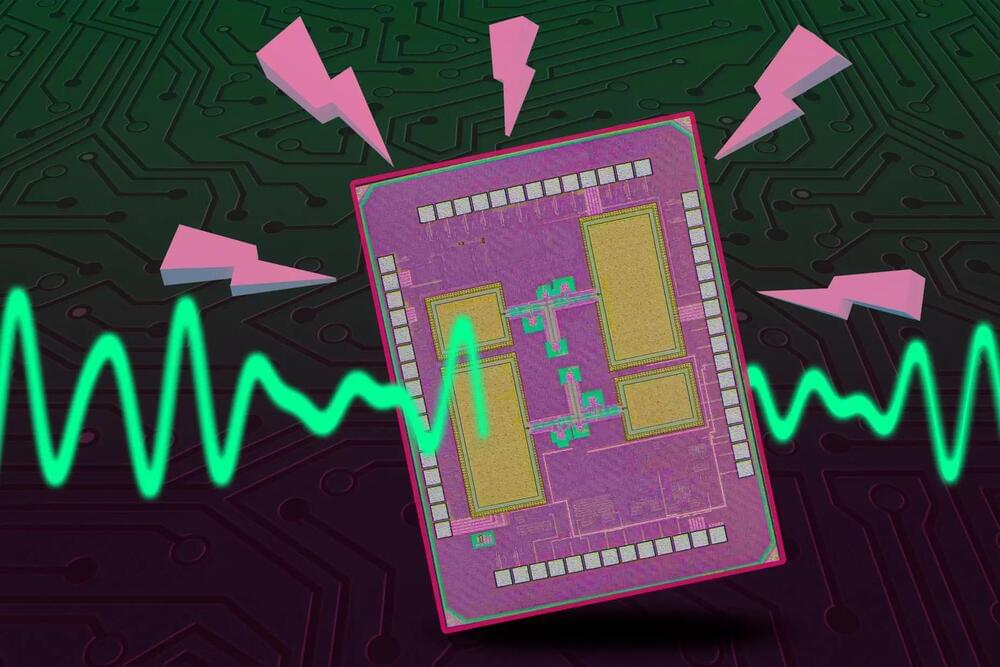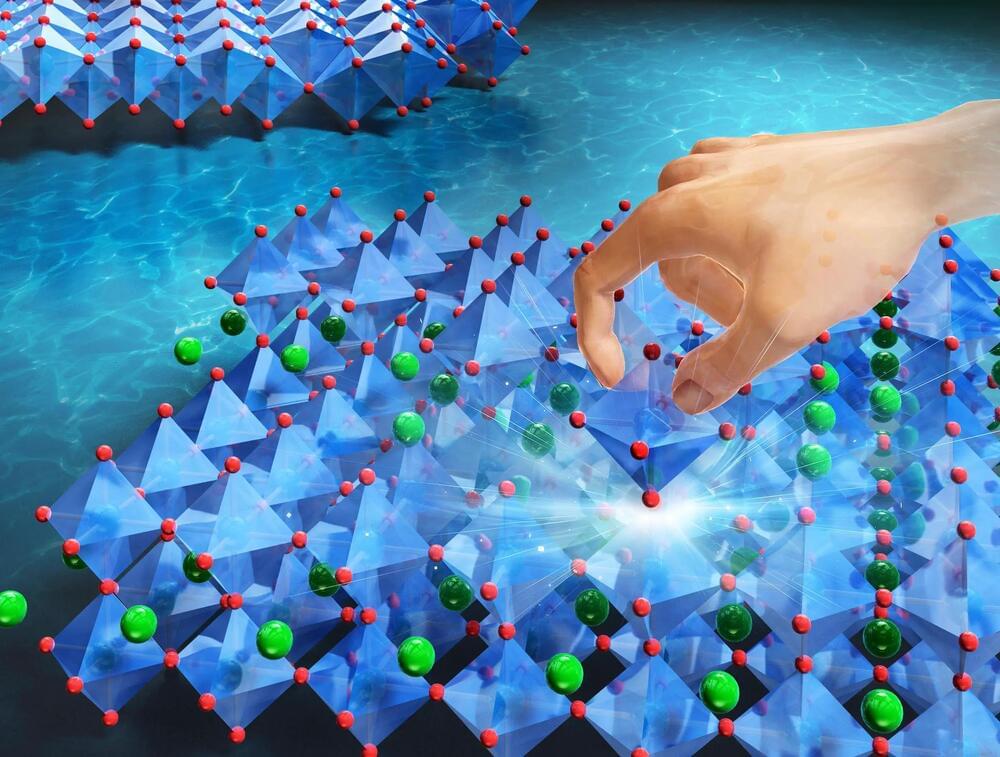NeaChat is an AI-powered chatbot developed based on ChatGPT, serving users in various industries such as education, research, finance, healthcare, and law.
Wuhan, China, May 6, 2023 (GLOBE NEWSWIRE) — The NeaChat team is honored to announce that it has obtained access to OpenAI’s latest generation of artificial intelligence language model GPT-4, becoming one of the first teams in China to obtain authorized access to GPT-4 is a powerful AI model with excellent natural language understanding and generation capabilities, with significant improvements in functionality and performance over its predecessor, GPT-3.5.
The core advantages of GPT-4 lie in its vast knowledge base, efficient problem-solving capabilities, natural language generation, and wide range of applications. We believe that the introduction of GPT-4 will bring a richer and more intelligent experience to NeaChat users.





